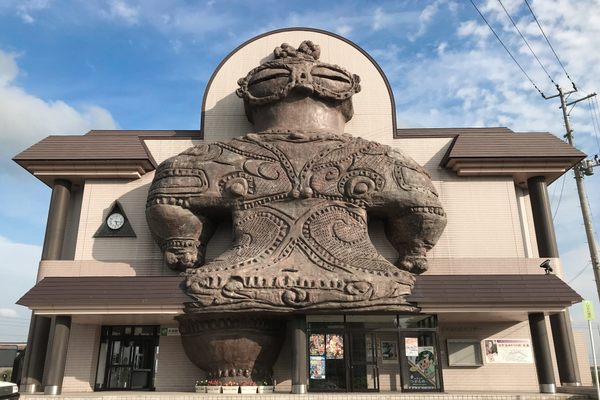AO Edited
Kamegaoka Stone Age Site
This prehistoric burial site is where one of Japan’s most iconic ancient idols was found.
One of the most iconic artifacts of ancient Japan is the Shakōki-dogū (“goggle-eyed clay idol”), which was found at the Kamegaoka archaeological site in Aomori Prefecture in 1887 and is held at the Tokyo National Museum today. The image often represents the Japanese Neolithic as a whole.
The Kamegaoka site was discovered in 1622 when the local daimyo found a large hoard of pottery and clay figurines during the construction of his castle. It is believed that “Kamegaoka ware” found here was subsequently sold off by the thousand and even exported to Europe. It was not until the late 19th century that the site’s archaeological value was finally recognized. The archaeological complex is known to consist of several burial sites, suggesting the existence of a large settlement in the area.
The site was designated a National Historic Site in 1944 and was recently inscribed on the UNESCO World Heritage list as part of the Jomon Prehistoric Sites in Northern Japan in 2021. However, the site is not exactly a tourist attraction, being difficult to access with not much to see; there are no reconstructed pit dwellings or such unlike the more famous Sannai-Maruyama site, except for a larger-than-life replica of the Shakōki-dogū and a small museum. Nonetheless, it remains one of the most important archaeological sites in Japan and is worth visiting if you are interested in Jōmon culture.
Know Before You Go
The closest train station is Kizukuri Station, about 20 minutes away by car. There is public bus access to the Kamegaoka site twice a day from Goshogawara Station.




















Follow us on Twitter to get the latest on the world's hidden wonders.
Like us on Facebook to get the latest on the world's hidden wonders.
Follow us on Twitter Like us on Facebook